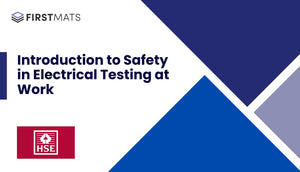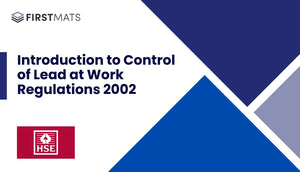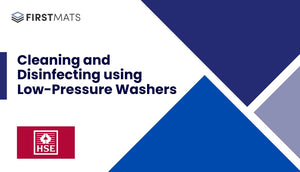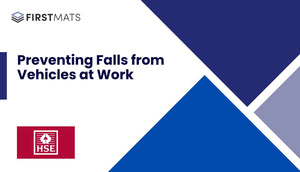Article Index:
Workplace Transport Safety: A Quick Guide
Based on the Health and Safety Executive's (HSE) leaflet INDG199(rev2), this article provides a simplified overview of workplace transport safety. This guide is particularly useful for managers, operators, and safety representatives.
Introduction
Every year, over 5000 accidents involving transport occur in the workplace, with approximately 50 resulting in fatalities. The main causes of injury include people falling off vehicles or being struck or crushed by them. This guide aims to help reduce the chances of such accidents happening.
What is Workplace Transport?
Workplace transport refers to any activity involving vehicles used in a workplace. This excludes vehicles driven on public roads, except when the vehicle is being loaded or unloaded on a public road adjacent to a workplace.
Managing Workplace Transport Safety
There are three key areas to consider for effective management of workplace transport safety:
- Safe site (design and activity)
- Safe vehicle
- Safe driver
Safe Site – Design and Activity
Every site is unique and presents different hazards and risks. However, a well-designed and maintained site with suitable segregation of vehicles and people will make workplace transport accidents less likely. Key elements to consider include segregation, traffic routes, visibility, speed, signs, signals and markings, and lighting.
Safe Vehicle
Vehicles used in the workplace should be suitable for their intended purpose. Considerations include the working environment, the vehicle's suitability for the people using it, visibility, access, and maintenance.
Safe Driver
Drivers should be competent and receive appropriate information, instruction, and training for the vehicle they use. Younger or less experienced drivers should be closely monitored following their training to ensure they work safely.
Additional Considerations
Other important areas to consider when managing workplace transport safety include consultation with employees, shared premises, the public, and contractors. Employers, employees, and self-employed individuals who share a workplace should cooperate and communicate with each other on the site.
Conclusion
Workplace transport safety is of paramount importance to prevent accidents and injuries. By considering the key areas of safe site design and activity, safe vehicle, and safe driver, and by incorporating additional considerations such as employee consultation and shared premises, workplace transport accidents can be significantly reduced. For more detailed information, refer to the original HSE document, leaflet INDG199(rev2).







